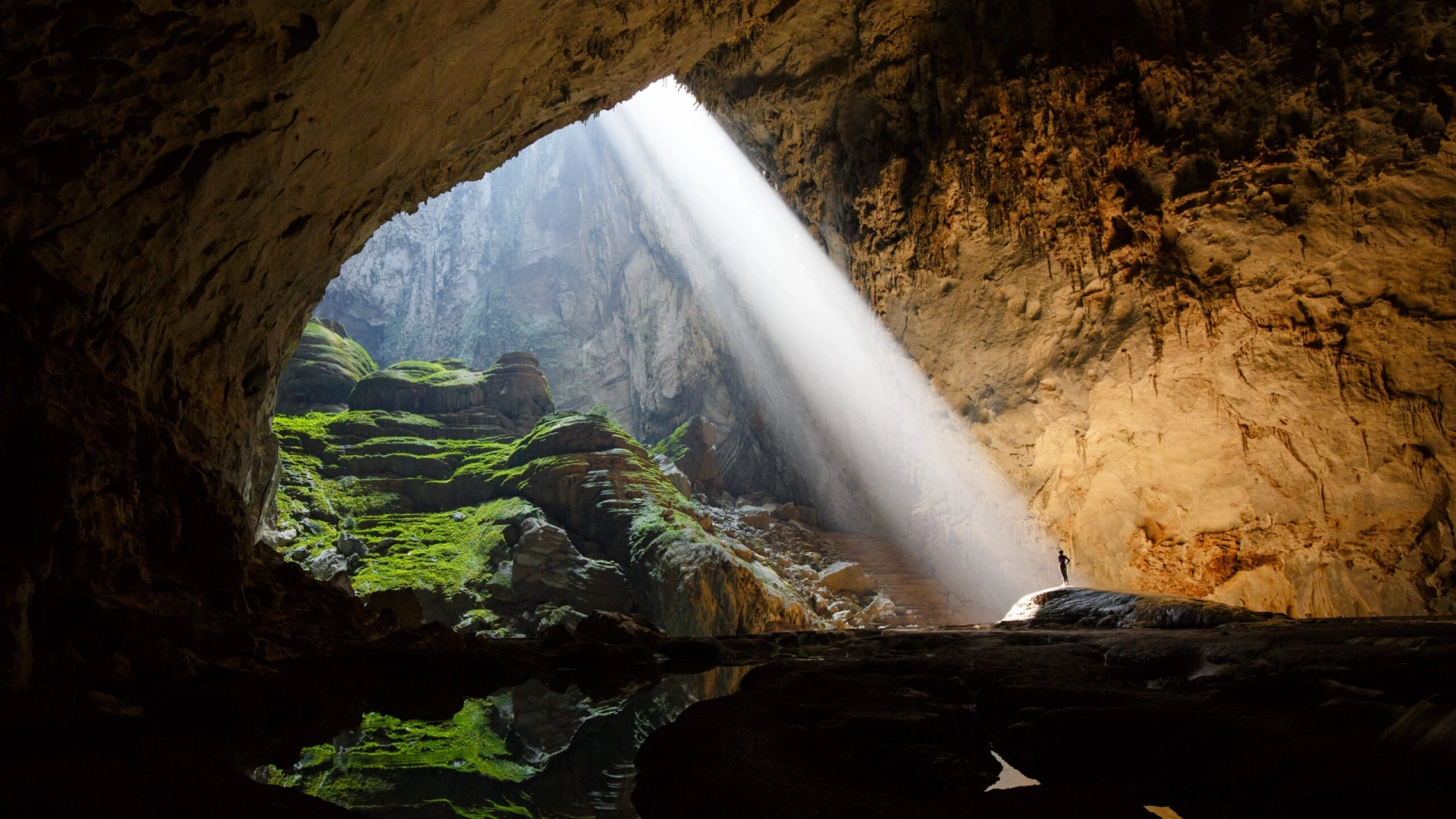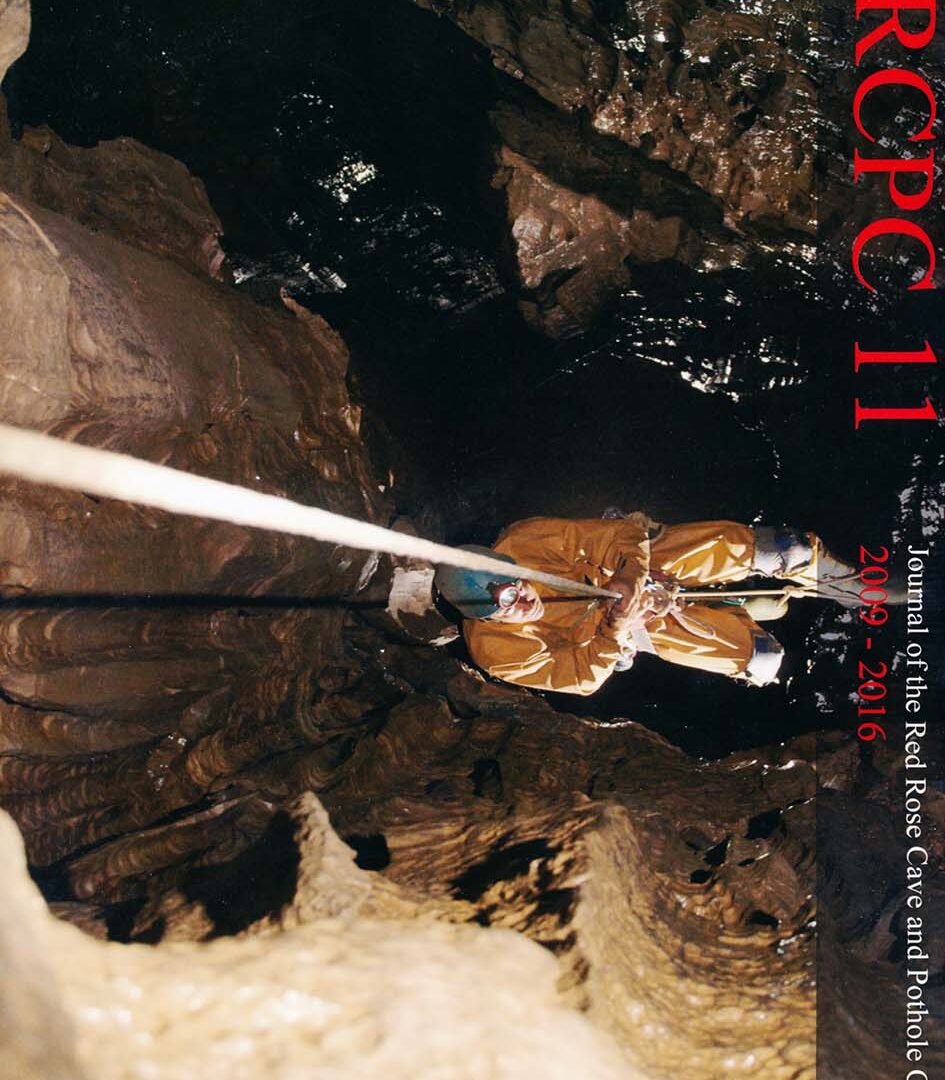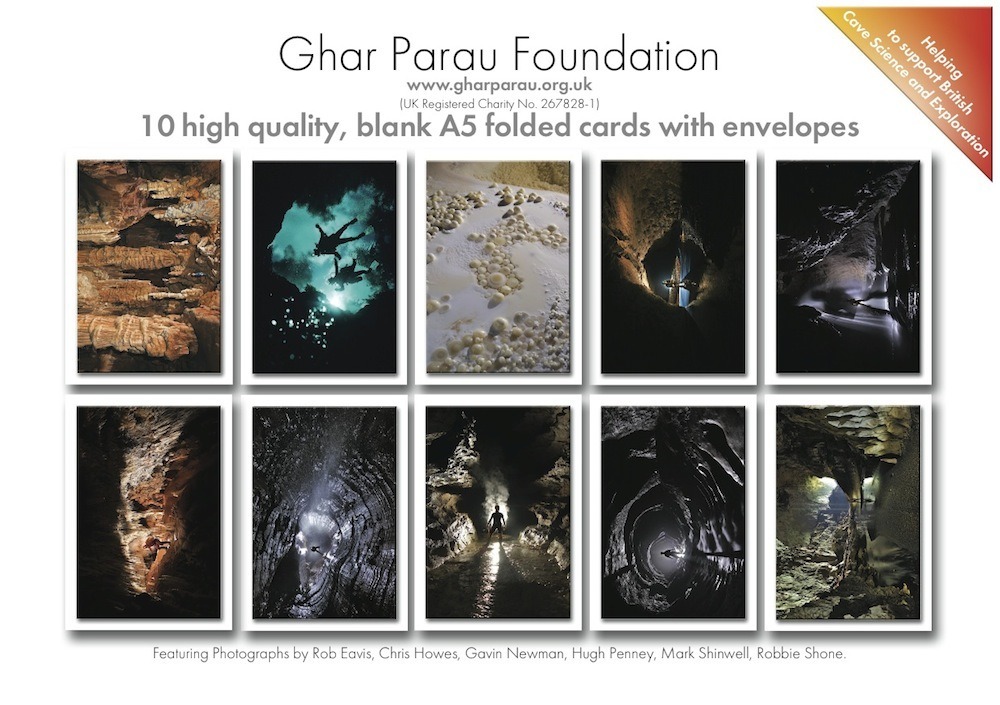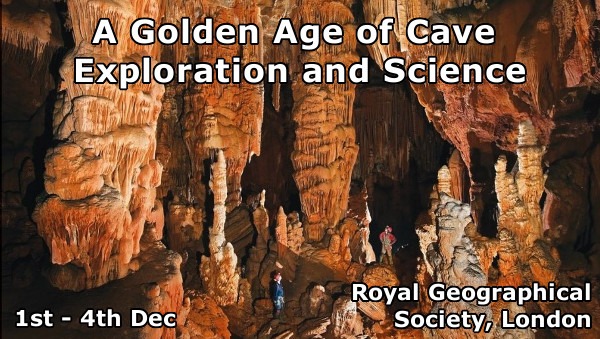The Ghar Parau Foundation
A 100% voluntary-based charity providing grant-aid assistance for British caving expeditions to all corners of the world.
Photo: Sunbeams in Doline 1 Hang Son Doong, Vietnam. (Ryan Deboodt)

A 100% voluntary-based charity providing grant-aid assistance for British caving expeditions to all corners of the world.
Photo: Sunbeams in Doline 1 Hang Son Doong, Vietnam. (Ryan Deboodt)
The Ghar Parau Foundation is a 100% voluntary-based charity. Through the management of an investment fund, the GPF provides grant aid to British caving expeditions, in particular those that include an element of innovative exploration or scientific study.
Since 2007, the GPF has awarded £154,450 to 230 expeditions travelling to 48 different countries.
We are also particularly keen to encourage young cavers into expedition caving. Over the last 19 years, the GPF has additionally awarded 117 individual grants to cavers going on their first foreign expedition.
Photo: Alum Pot, Yorkshire Dales, UK (Mark Burkey)
2018: The Klic Globin 2018 expedition by ICCC and JSPDT, intent on exploring deep leads in Primadona within the Tolminski Migovec Cave system, now 41.9 km long. A camp was set up, facilitating explorations to depths to -770 m in Primadona. Digging Coincidence Cave exposed a promising potential lower entrance. 2.6 km of new cave surveyed.
Read the full expedition summary
…

The Tratman Award is annually awarded to the best caving-related paper-based publication.
After much discussion amongst the judges, the 2017 prize was awarded to Dave Haigh and John Cordingley for their book Adventures Underground, which documents Yorkshire explorations over the last 60 years.
Read more on the judges’ decision and the rest of the shortlist. …
2018: In 48 years nearly 400 km of passage has been found in Matienzo, northern Spain, by the expedition. In 2018 the aim was to find new caves and to extend existing caves to help link some existing systems together. Fifty cavers took part, surveying almost 6 km of new passage and adding 168 new sites.
Read a summary of this year’s results …
2018: EAGRE18 aimed to explore caves on the Wegener Halvø peninsula of East Greenland and, where available, collect cave sediments for palaeoclimate research. The environmentally-friendlier approach involved a return sailing trip from Iceland to Greenland. After 20 km of hiking, and with the help of drones, the majority of cave leads were discovered.
Find out more on the ‘caves’ of Wegener Halvø …
2018: Cueva de al Peña Colorada is believed to be connected to ‘Sistema Huaulta’, the deepest cave in the Western Hemisphere. 34 years after it was last explored by Bill Stone in 1984, a team of 25 caver divers returned 1.4 km underwater to Sump 7 to continue the exploration.
Did they find the elusive connection? …
2017: A 7 day camp was made, with an interim camp in Tipperary. The main camp was beyond Sump 3 around 8 km from the entrance. From this camp several trips were required to transport kit for a dive in S6. This sump was explored for a further 140 m to an unexpected depth of 40 m where equipment issues prevented further progress.
Read more on this cave diving exped in Spain …

The charity is embarking on a fundraising effort to enhance the size of the investment fund, with all the money raised going towards supporting British cavers carrying out science and exploration abroad.
“My first impression of the CUCC expo (Austria), just from talk, was that it would be hard.”
Alice Shackley recounts the first-hand experiences of her first caving expedition with the Cambridge University Caving Club. Alice was the recipient of an Alex Pitcher Award from the GPF – a grant awarded to enthusiastic young cavers going on their first expedition abroad. Read more …

To celebrate 50 years of pioneering British cave exploration, renowned explorers of the subterranean world will come together to share their discoveries and experiences during 4 entertaining days at the RGS, London.
A fantastic grand prize draw includes a top prize of an expenses-paid trip to Mulu National Park, Borneo!
More details on this unmissable event, incl. tickets, talks and prizes. …
2017: Tresviso 2017 focused exploration in the Cueva del Nacimiento in the Urdon Gorge (Tresviso, Cantabria). Avens at the back end were climbed, increasing the height to +534 m from the entrance, and with more leads identified. Sump 2 in Cueva del Marniosa was dived, with dry stream passage found beyond.
Read more on this year’s accomplishments …